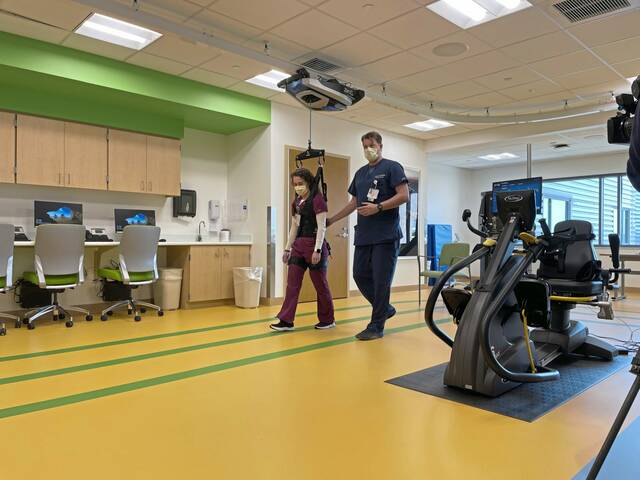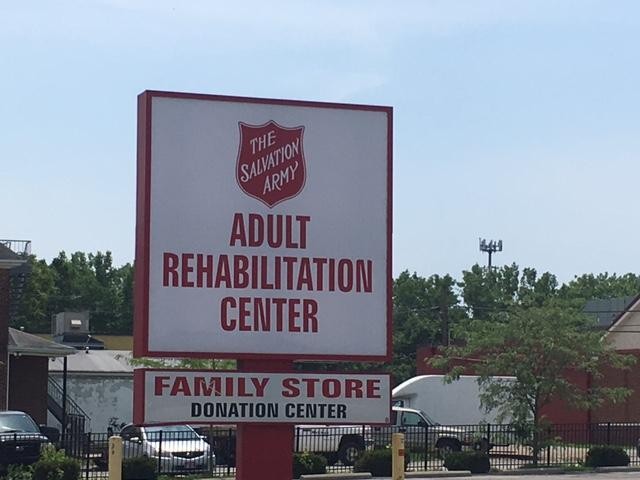Rehab and Dual Diagnosis

In the intricate tapestry of mental health, co-occurring disorders present a unique challenge. Individuals grappling with substance abuse often find themselves entangled with mental health issues, giving rise to the term “dual diagnosis.” This intersectionality demands a nuanced and comprehensive approach within the rehabilitation landscape. In this article, we delve into the depths of dual diagnosis, exploring the significance of integrated treatment and the pivotal role rehabilitation plays in addressing co-occurring mental health disorders.
Understanding Dual Diagnosis
Dual diagnosis, also known as co-occurring disorders, refers to the simultaneous presence of substance use disorder and mental health issues. It’s a complex interplay where one condition can exacerbate the other, creating a cycle that is challenging to break. Common pairings include depression and alcoholism, anxiety disorders and cocaine addiction, or bipolar disorder and opioid dependence.
The Challenges Posed by Dual Diagnosis
Addressing dual diagnosis is akin to navigating a maze with multiple entry points. Traditional treatment approaches that segregate mental health and substance abuse treatment often fall short in providing holistic solutions. Individuals with dual diagnosis face higher risks of relapse, longer recovery periods, and an increased likelihood of hospitalization.
Breaking Down Stigmas
One of the key hurdles in the effective treatment of dual diagnosis is the pervasive stigma surrounding mental health issues. Society’s reluctance to embrace mental health as a vital component of overall well-being can hinder individuals from seeking the help they desperately need. Rehabilitation centers must actively work towards destigmatizing mental health to foster an environment conducive to healing.
The Role of Comprehensive Rehabilitation
To address dual diagnosis effectively, rehabilitation programs must adopt an integrated and holistic approach. Treatment plans should be tailored to individual needs, recognizing the interconnectedness of mental health and substance abuse. Here are key components of a comprehensive rehabilitation program:
1. Dual Diagnosis Assessment:
Conducting a thorough assessment to identify and understand the specific mental health issues alongside substance use disorder is crucial. This lays the foundation for a targeted and personalized treatment plan.
2. Integrated Therapy:
Combining mental health therapy with substance abuse counseling ensures a unified approach. Cognitive-behavioral therapy (CBT), dialectical behavior therapy (DBT), and motivational enhancement therapy (MET) are effective modalities in this context.
3. Medication Management:
For some individuals, medication is a vital component in managing mental health symptoms. Coordinating psychiatric care with addiction treatment optimizes outcomes.
4. Support Groups:
Peer support is invaluable. Integrating individuals with similar struggles fosters a sense of community, reducing isolation, and promoting shared coping strategies.
5. Aftercare Planning:
A robust aftercare plan is essential for sustained recovery. This may involve ongoing therapy, support groups, and continued psychiatric care to prevent relapse.

Success Stories: Triumphing Over Dual Diagnosis
Despite the challenges, numerous success stories attest to the efficacy of comprehensive rehabilitation in addressing dual diagnosis. Individuals who once grappled with the entwined complexities of mental health and substance abuse have emerged on the other side, leading fulfilling lives.
The Path Forward
Rehabilitation’s role in addressing dual diagnosis is pivotal. By embracing a holistic and integrated model, rehabilitation centers can break the cycle of co-occurring disorders, offering individuals a chance at lasting recovery.
In conclusion, the rehabilitation journey to recovery from dual diagnosis is arduous but not insurmountable. Comprehensive rehabilitation, coupled with a societal shift towards destigmatizing mental health, forms the bedrock for transformative change. It is a collective responsibility to dismantle the barriers hindering individuals from seeking help, ensuring that no one navigates the maze of dual diagnosis alone.



